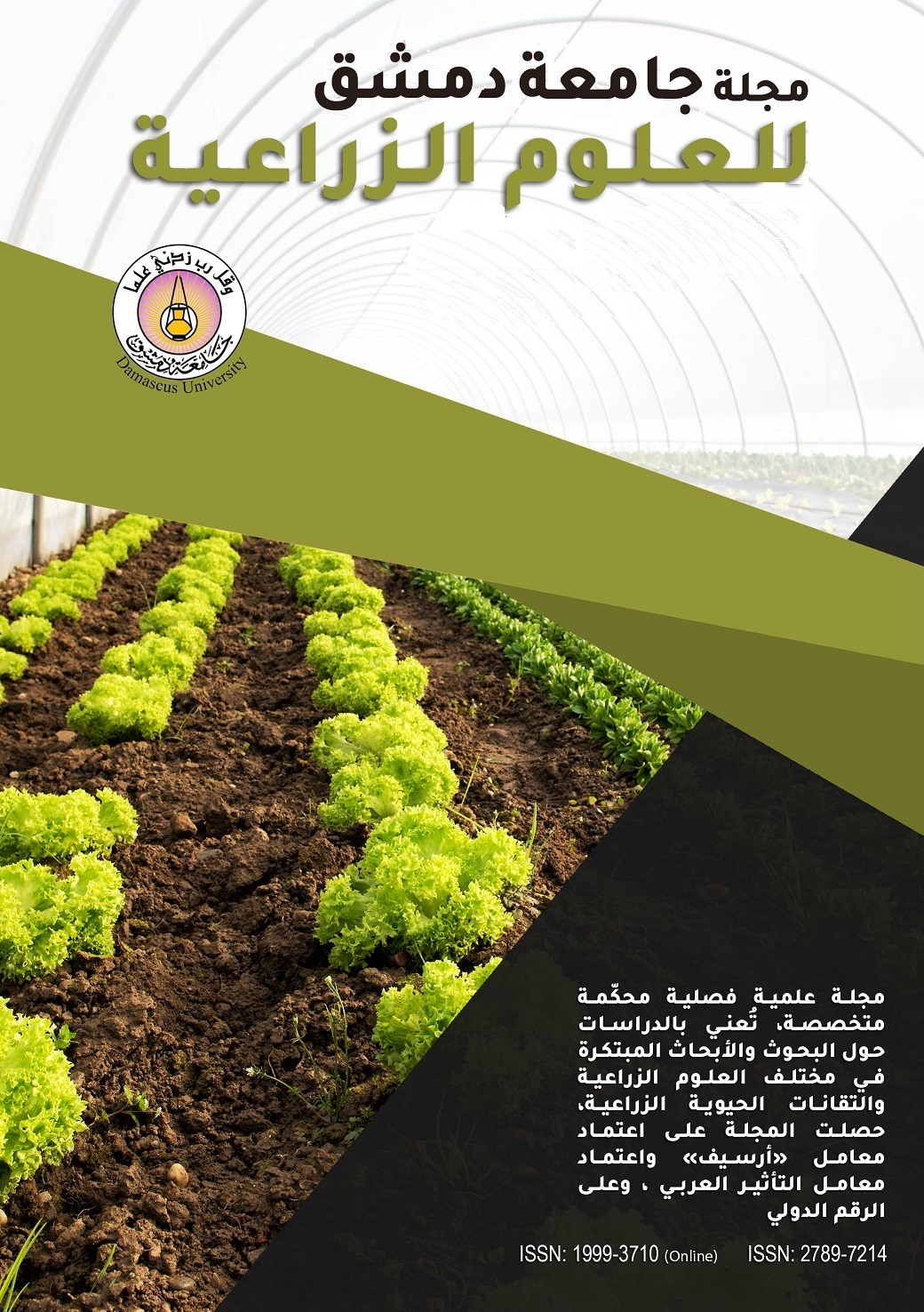Studying chemical, sensory properties and content of bioactive compounds of biscuits fortified with pomegranate seed powder
Keywords:
Biscuit, Pomegranate Seed Powder, Total Phenols, Antioxidant , Chemical Indicators, Organoleptic PropertiesAbstract
This research was aimed to replace wheat flour with pomegranate seed powder at different proportions (2, 4 and 6%), and studying the effect of pomegranate seed powder on the content of (moisture, ash, proteins, total phenols, antioxidant activity, organoleptic properties and color indices of biscuits samples. The results showed a significant increase in the content of protein and ash content of pomegranate seed powder sample and a decrease in its content of moisture and total sugars (15.66%, 2.1%, 3.76%, 2.54g /100g dry weight), respectively, and showed a significant increase in its total phenols content and activity antioxidant (150.69 mg Gallic acid equivalent / 100g dry weight and 63.85%), respectively, compared to wheat flour sample. The percentage of adding pomegranate seed powder by 6% had the greatest significant effect in improving most of the organoleptic properties studied, and increasing the content of total sugars, ash and total phenols, and antioxidant activity of biscuit samples, and reducing their moisture content compared with control sample and other biscuit samples, reaching to (44.82g /100g dry weight, 2.25%, 3.79%, 44.20 mg Gallic acid equivalent / 100g dry weight, 53.48%), respectively, also reduced L value and increased the values of (a, b, C, H and BI) compared with control samples.
Key Words: Biscuit, Pomegranate Seed Powder, Total Phenols, Antioxidant Activity, Chemical Indicators, Organoleptic Properties, Color Indicators.

